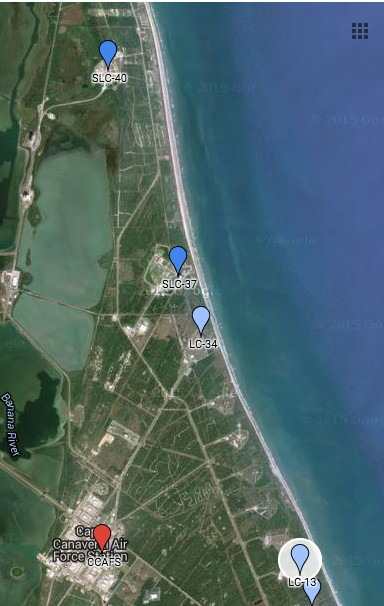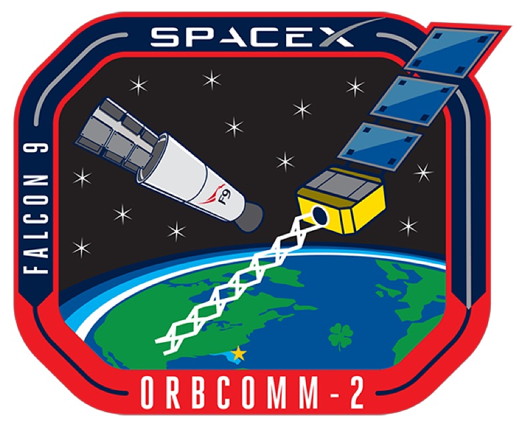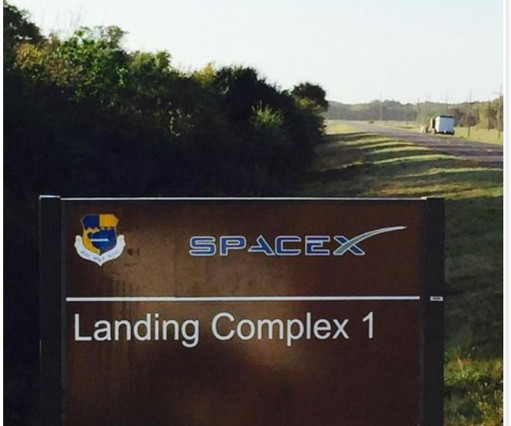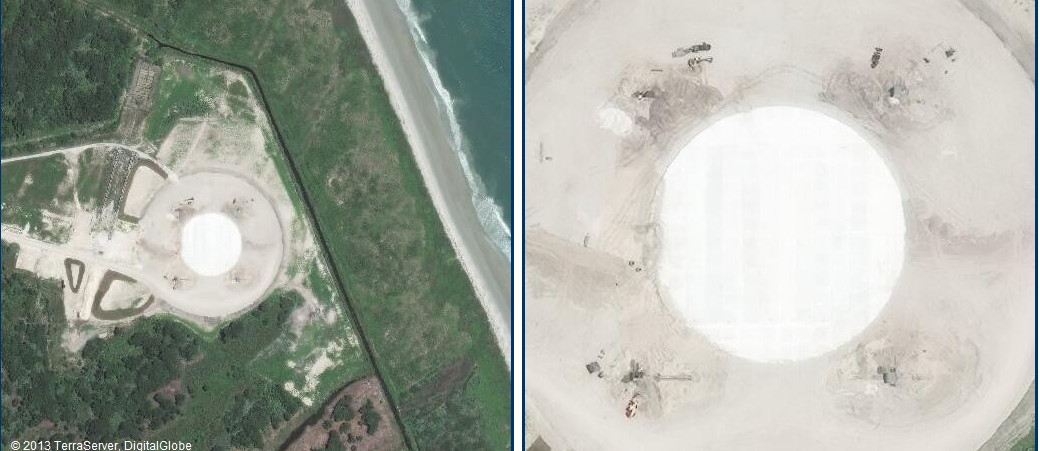It looks like it might happen. Take THAT Bezos!!
https://www.floridatoday.com/story/...ts-land-next-booster-cape-canaveral/76576142/
https://www.floridatoday.com/story/...ts-land-next-booster-cape-canaveral/76576142/


There are several articles out there that say the next attempt will be on land.
https://www.theverge.com/2015/12/1/9832206/nasa-spacex-falcon-9-ground-landing-reusable-rockets
After its next launch, SpaceX hopes to fly a*Falcon 9 booster back to a landing site on Cape Canaveral Air Force Station, making its first attempt to bring a booster down on land rather than on a platform in the*ocean.
The "very exciting news" came from a NASA representative, who made the announcement today to members of the press at Kennedy Space Center in Florida. "Their plan is to try to land [the next booster] out here on the Cape-side," said Carol Scott of NASA’s Commercial Crew Program, referring to Cape Canaveral, where SpaceX typically launches from. Scott said she had recently talked about the landing plan with a SpaceX executive. SpaceX declined to confirm the news.

It is the next (Orbcomm 2) launch that could see a landing at X1. As the article notes, it hinges on FAA and/or USAF approval. SpaceX probably needs to do its own final assessment too, and it probably depends on whether the landing site is actually going to be ready.


So SpaceX is going to launch from the Cape, then return stage 1 to the cape, without taking the long way around?
That's going to require some huge amount of fuel, right? A long burn to kill the forward momentum, then create enough reverse momentum (while maintaining some sort of altitude or trajectory) to bring the launch vehicle back over the cape... Previously, it just needed enough fuel to get Stage 2 to its separation point, then provide for deceleration burns on the way down (and some for landing maneuvers). Now we're adding a complete REVERSAL of its trajectory. Seems like it might take less fuel to do a partial orbit, but this is my uninformed lay-perspective.
What am I missing here? Can the vehicle really carry enough fuel to reverse direction after staging? If so, it seems like it's over-built for the payloads it's carrying by a significant margin.
If we're going for a Downrange landing 300 km offshore, then 20 tonnes worth of fuel or ca. 6% of the total fuel mass, and a deltaV of 1.6km/s is required. But thats not cheap. In relation to the weight of the payload where the 1st stage is lost, only 80% of the capacity will be available.
However if you want the 1st stage to return all the way to the launch site, then 38 tonnes (ca. 10% of the total fuel mass in the 1st stage) and a deltaV of 2.7km/s is required, but then the payload will drop to 62% compared to the solution where the 1st stage is lost.
It's interesting to consider that at some point during the flight, the rocket stage will be hovering/achieve V=~0 way above the ocean. Who ever heard of making a U-turn in space? It just seems to go against everything I've been taught about efficiency, conserving your momentum and fuel use.
You don't need to practice bleeding

Enter your email address to join: